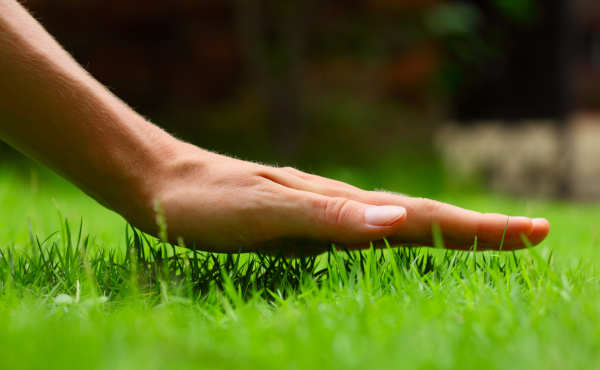Albuquerque Lawn Winterizing Smart Steps

In Albuquerque, NM like anywhere else in the US southwest, a lawn winterizing might sound intimidating but really it’s not hard. Winterization is enough to make it most of the way to a beautiful view when spring returns.
These are some easy steps to take you through, without spending a dime or expending too much of your time.
Know Your Grass
The first thing is to get to know your grass. There is warm season turf and cool-season turf, which require some work in the fall to winterize.
Cool-season turf generally consists of perennial ryegrass, fescue or Kentucky bluegrass, and it will be most vigorous in fall. Researchers recommend fertilizing your cool-season lawn in fall if you decide to. The fertilizer you will see at this point in the year is winterize fertilizer.
It’s always recommended to consult with local experts for the exact directions and times in your area, but a good rule of thumb is that you want to apply this fertilizer in October or November.
Fertilization in Fall
Fall fertilization is the most potent because plants become highly prone to outside stimuli in the fall to begin preparing for winter. Some of the triggers are the length of the day and the temperature.
As the days shorten and average temperatures decrease, plants such as turf grasses react by moving the center of attention from their leaves to their roots, limiting their development. While what we see might look as if it’s barely holding on, roots still go in the ground despite cooling temperatures.
This change in direction of their nutrients down to the roots is how perennials come back every spring. The “food” caches accelerate their spring return. The same goes for your lawn. Feeding your lawn in the fall also supports the thriving roots with added nutrients to freeze and make them return bright and active again in the spring.
Weather Consideration
Spring brings milder weather and longer days, and the grass notices. When the turf is aware of these adjustments, they respond by turning their attention back to the blades, and utilizing those reserves. This also helps to eliminate weeds from cool-season turf, if you fertilize your cool-season turf in the fall and when spring comes, your turf will be thick and lush!
Fertilizing is a must for cool-season grasses but, for lawns, it is of a different order. Centipede, St Augustine, Bermuda and zoysia are the grasses of the warm season. Even in late fall at the end of November or early December, by winterizing your Albuquerque lawn for winter, you will reap a springtime benefit.
Final Thoughts
If you live in areas where the snow melts just before winter, your lawn usually has warm-season turf. These grasses also die in the winter, and therefore in such areas, fertilizing after 1 September is strongly discouraged. Do that, and you are promoting sprouting that is frost-stretched, and the pressure will extend down to the root and can even damage the rest of the turf.
